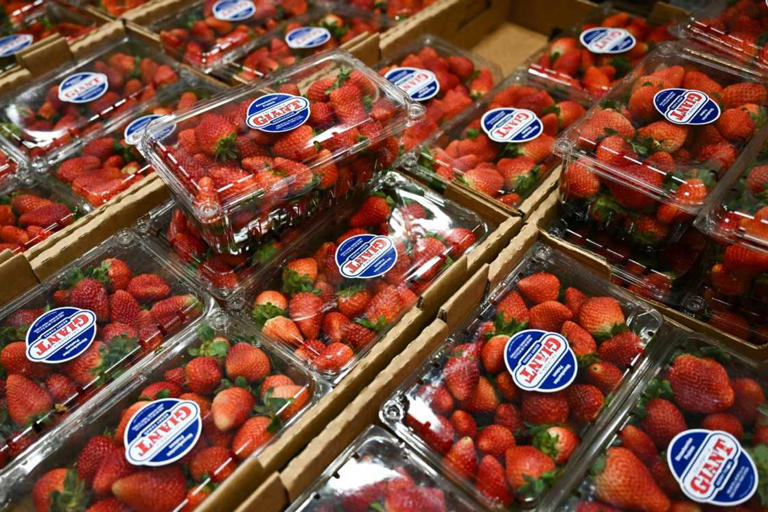The recent tariffs imposed by former U.S. President Donald Trump on Mexico, Canada, and China have caused a ripple effect on consumers prices. Essential items like fruits, vegetables, electronics, gasoline, and automobiles are experiencing price hikes, affecting household budgets across the country. Let’s have a look how these tariffs impact consumer prices.
Table of Contents
How Tariffs impact Consumer Goods
According to industry experts, the effects of these tariffs are already being felt. Target’s Chief Executive Brian Cornell recently stated that consumers should expect price increases in the coming days. Fresh produce, particularly avocados and strawberries imported from Mexico, is in short supply during the winter months, leading to further price hikes.
A report by the U.S. Department of Agriculture revealed that in 2023, 72.5% of agricultural imports from Mexico consisted of fresh fruits, vegetables, beer, and alcohol. With the new tariffs in place, shoppers are seeing a direct impact on grocery bills.
Increased Costs for Households
A study by Yale University’s Budget Lab estimates that the tariffs will increase consumer prices by 1.0% to 1.2%, translating to an additional yearly expense of $1,600 to $2,000 per household. The analysis considers 25% tariffs on Canadian and Mexican imports, 20% on Chinese goods, and a 10% levy on Canadian crude oil.
While these tariffs are expected to generate up to $1.5 trillion in revenue for the U.S. government by 2025, experts argue that they function as regressive taxes, disproportionately impacting low-income consumers. With inflationary pressures already a concern, this additional financial burden could weaken consumer spending power.
Automotive Industry Faces Challenges
The auto sector is among the hardest-hit industries. The deep integration of supply chains across North America means thar tariffs could add $4,000 to $10,000 to the cost of assembling each vehicle in the region, according to an analysis by Anderson Economic Group. This increase excludes additional tariffs on steel and aluminum.

Ford CEO Jim Farley expressed concerns about the economic strain, stating that while the goal was to revive U.S. manufacturing, the tariffs have instead introduced significant costs and uncertainty. Jessica Caldwell of Edmunds warns that if the Tariffs remain, automakers will have no choice but to pass higher costs on to consumers, making new cars more expensive.
Gasoline Prices on the Rise
With a 10% tariff on Canadian crude oil, U.S. gasoline prices are set to climb. Industry analysts predict an increase of up to 40 cents per gallon, further straining household budgets. Given that fuel costs directly impact transportation and logistics, consumers can expect higher prices across multiple sectors, including food and retail.
Construction Industry and Housing Costs
Home construction and improvement projects are also set to become more expensive. The U.S. has imposed a 25% tariff on Canadian lumber, in addition to existing 14.5% levies. As Canada and Mexico supply over 70% of softwood lumber and gypsum used in drywall, the construction industry will see increased costs, ultimately raising housing prices
Home-improvement retailers like Home Depot acknowledge that tariffs will have a broad impact on their industry, increasing costs for builders and homeowners alike.
An Uncertain Future for Consumers
As businesses scramble to adjust, consumer confidence in dipping, with surveys indicating a potential decline in spending. The uncertainty surrounding the duration and scope of these tariffs continues to create instability in the market.
While the White House recently announced a one-month exemption from auto tariffs on Canada and Mexico, the long-term implications remain unclear. As prices continue to rise across essential goods, consumers should prepare for an era of higher living costs driven by these economic policies.
Conclusion
The new tariffs are reshaping the economic landscape, directly affecting consumers, businesses, and entire industries. From food and gasoline to cars and home construction, the ripple effects are widespread. While the U.S. government aims to boost domestic revenue, the real burden is falling on everyday consumers, making affordability a growing concern in 2025.


2 thoughts on “How Tariffs Impact Consumer Prices”